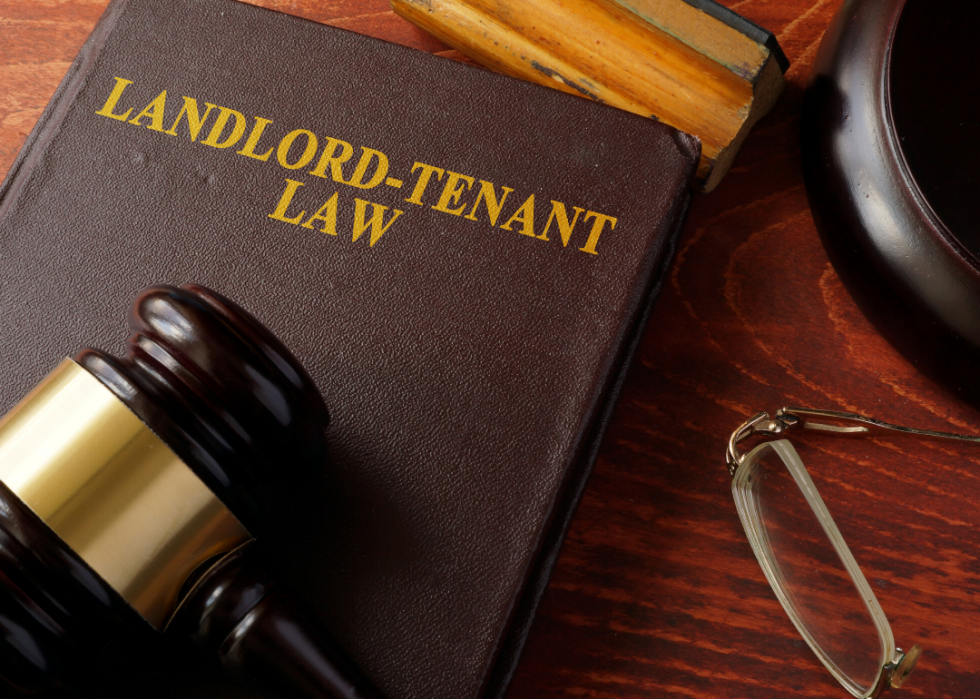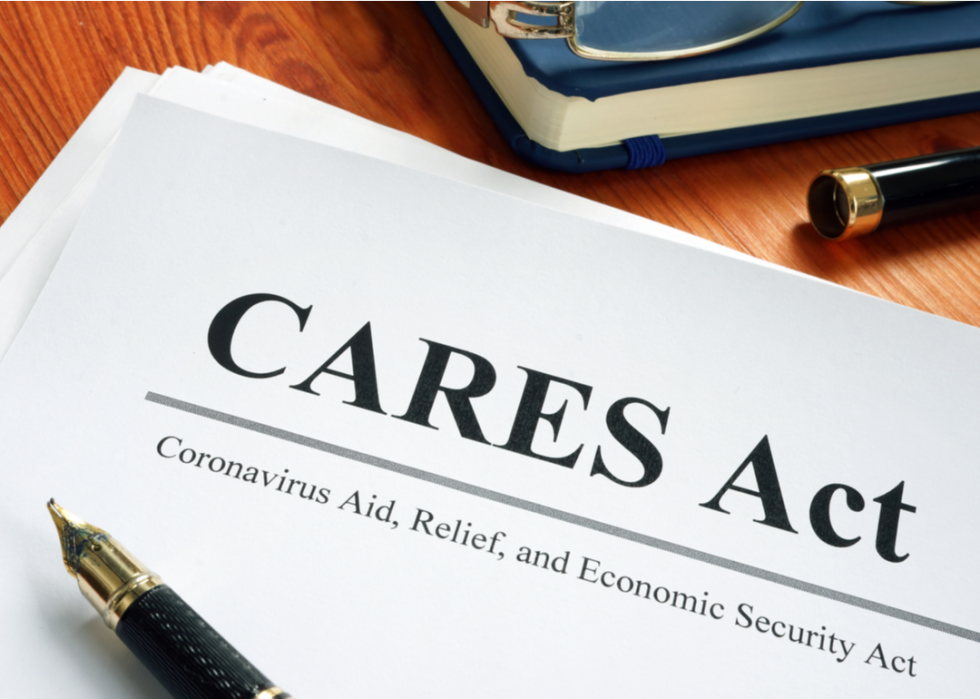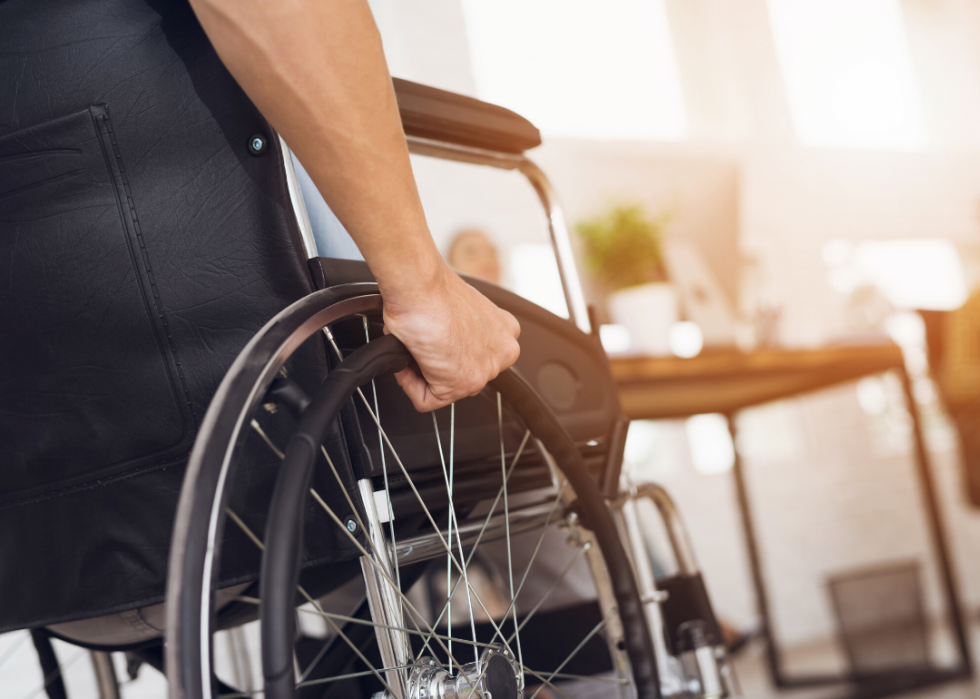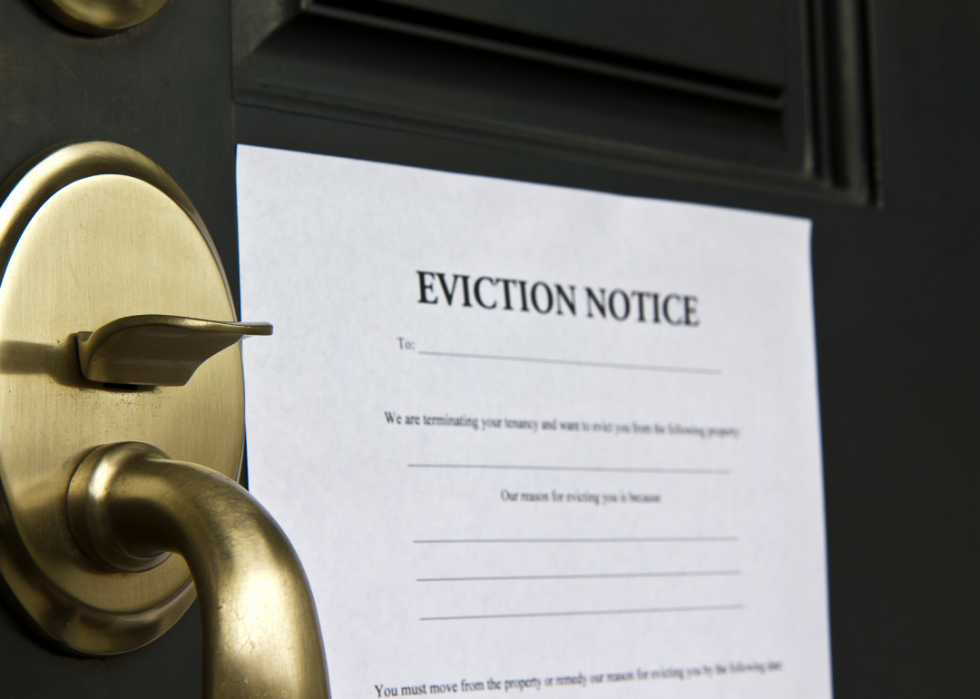
How to apply for rent relief
The eviction moratorium enacted as part of the federal CARES Act during the coronavirus pandemic expired on July 25, putting up to 23 million families who rent at risk of eviction by Sept. 30. Other elements of that stimulus bill, including additional funds for unemployment disbursements, have come to a close as the Senate and Congress grapple over a potential second stimulus bill in order to bring immediate relief to Americans who are out of work, underemployed, or who are under- or uninsured and facing unforeseen medical costs due to the pandemic.
In the absence of a second stimulus bill, the Centers for Disease Control and Prevention (CDC) issued an order at the beginning of September halting evictions until the end of 2020. The CDC was able to issue such an order by explaining that "evictions threaten to increase the spread of COVID-19 as they force people to move, often into close quarters." Renters who earn less than $99,000 a year, or who received a stimulus check provided by the CARES Act, qualify for this protection. To obtain relief, renters must sign a declaration stating that they cannot afford to pay their rent in full and that, if evicted, they would become homeless or would need to move into congregate housing.
Stacker scoured the websites of charities, government offices, and a variety of federal, regional, state, and local organizations to find out what options are available for Americans in need of rent relief. Some websites, like Need Help Paying Bills, have done much of the legwork of aggregating resources; and many states from California to Pennsylvania have created special programs during the pandemic to help their residents with rent.
When faced with eviction, many people don’t know whom to turn to or what to do first. The forthcoming gallery will walk you through the people to call, the free legal advice available, and a number of loans, grants, and referrals that can help you get back on your feet.
Keep reading to figure out how to apply for rent relief and what programs are out there.

#1. Start by contacting your landlord
First things first: Reach out to your landlord. The National Apartment Association (NAA) cites this as an essential first step to figuring out solution. Oftentimes—and especially during COVID-19—many landlords are willing to work out a deferred rental arrangement until you get back on your feet.

#2. Get some free legal advice
A lawyer can take a look at your lease and provide sound legal advice for charting a path forward. Legal Services Corporation, established in 1974 by Congress 1974 to offer financial support for civil legal aid to American households with annual incomes at or below 125% of the federal poverty guidelines.

#3. Get the 211
The United Way-sponsored website 211.org offers assistance to people all over the country; just plug in your zip code and get connected with resources in your region, from rent assistance and home repair to supportive housing options and fair-market housing options.

#4. Read up on what’s available in your state
Many states temporarily paused evictions during the pandemic; however, those moratoriums were virtually all set to expire on various dates in June, July, and August. Google the name of your state with “rent relief” in order to find specific programs available there that can help pay rent, storage fees, security deposits, and the like. Need Help Paying Bills also has an aggregated list of resources by state.

#5. Begin contacting your state programs directly
Once you’ve narrowed your search to rent-relief opportunities in your state, reach out to each resource directly. In Pennsylvania, for example, renters who have suffered economic losses during the pandemic can apply for CARES financial assistance.

#6. Look into nearby charities that can help with rent
Area charities can supply referrals, social services, cash loans, case management, and—at the very least—information on local grants that may be able to help with rent.

#7. Find a Mutual Aid group near you
Mutual aid groups, run by local volunteers seeking to create services and resources for mutual community benefit, can offer advice and resources. There are mutual aid locations in almost all states, often at multiple locations.

#8. Get a referral
Any agency without supportive help available can provide a referral even if you’re not affiliated with the group or a member. A popular national option for referrals is United Way’s 211.

#9. Familiarize yourself with the CARES Rent Relief Program
The CARES Act allocated $17.4 billion to the Department of Housing and Urban Development (HUD) that included cash for rent help, public housing, housing vouchers, and elderly housing. Each state’s program differs slightly so be sure to look up what is available to you where you live.

#10. Contact your local church
Many area houses of worship are expanding their assistance for emergency needs like rent. Need Help Paying Bills has a state-by-state breakdown of churches that have help available.

#11. Find out more about transitional housing options near you
Transitional housing offers lodging options on your path to a more permanent housing option. Charities, state and county governments, and the like have specific programs to consider; TransitionalHousing.org has a comprehensive breakdown of programs available in each state.

#12. See if you qualify for HUD assistance
In addition to CARES Act allocations, HUD assistance includes Fannie Mae’s Disaster Response Network Guide and the federally funded Section 8 housing vouchers. There are also federal programs for state and local rental assistance via the National Low Income Housing Coalition. HUD has a map showing potential resources in your area.

#13. Apply for Housing First assistance
Housing First’s goal is to match people experiencing homelessness with permanent housing options. The organization doesn’t offer direct services like housing or specific case work, but it is a solid resource for information as well as an aggregator of additional resources.

#14. Single mothers may be eligible for added assistance

#15. People living with disabilities
Many public-housing agencies (PHAs) will accept certain development vouchers from HUD as well as designated housing vouchers. Touch base with your closest PHA to see what options may be available to you.

#16. Read up on the Homeless Prevention and Rapid Re-Housing Program
The Homeless Prevention and Rapid Re-Housing Program was founded in 2009 as part of the American Recovery and Reinvestment Act. The program offers housing help via counseling, financial aid, and myriad other services.

#17. If you live in a rural area, the USDA can help
The USDA’s housing assistance programs function similarly to income-based housing help from HUD. In these cases, the USDA awards Housing Preservation Grants that allow for more low-income housing, as well as housing options with rent tailored to a household’s income.

#18. Pursue rent help for veterans
Veterans Inc., HUD-VASH, Volunteers of America, Veterans Affairs Supportive Housing Program, and many other programs and organizations make it their mission to ensure veterans have safe, dependable housing. Most programs have basic eligibility requirements; loop up your local chapters to see what may be available.

#19. Apply for a grant
The Union Plus mortgage assistance program provides grants for union members. Federally, the government also allocates grant money to charities and non-profits for local distribution. Visit USA.gov to get started.



